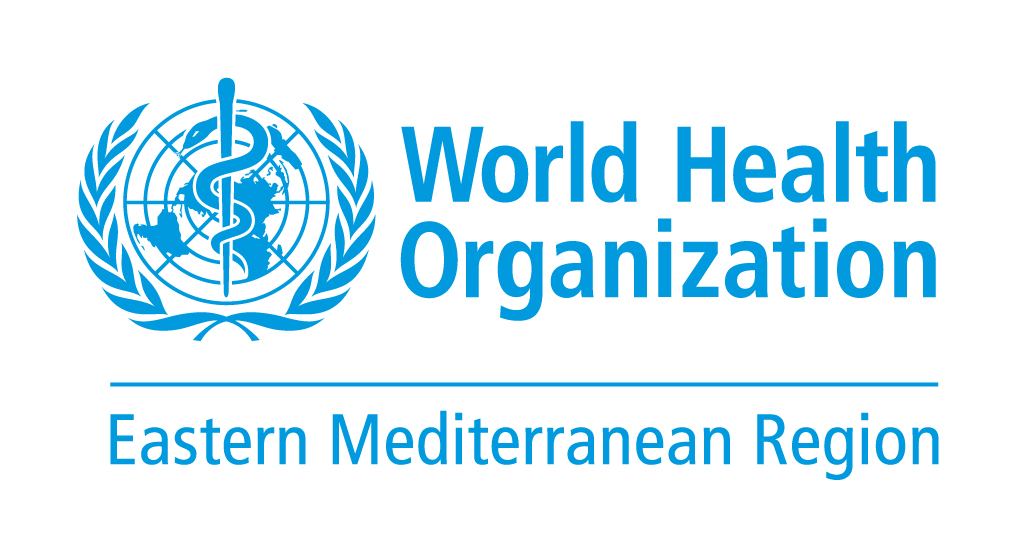Abbreviated Name:
Insufficient physical activity in adults
Indicator Name:
Age-standardized prevalence of insufficiently physically active persons aged 18+ years
Domain:
Health determinants and risks / Risk factors
Related Terms:
Non-communicable diseases, risk factors
Definition:
Percent of defined population attaining less than 150 minutes of moderate-intensity physical activity per week, or less than 75 minutes of vigorous-intensity physical activity per week, or equivalent.
Measurment Method:
Self-report
Numerator:
Number of respondents where all three of the following criteria are true:
weekly minutes* of vigorous activity < 75 minutes;
weekly minutes* of moderate activity < 150 minutes;
weekly metabolic equivalent minutes** < 600.
* Weekly minutes are calculated by multiplying the number of days on which vigorous/moderate activity is done by the number of minutes of vigorous/moderate activity per day.
** Weekly metabolic equivalent minutes are calculated by multiplying the weekly minutes of vigorous activity by 8 and the number of weekly minutes of moderate activity by 4 and then adding these two results together.
weekly minutes* of vigorous activity < 75 minutes;
weekly minutes* of moderate activity < 150 minutes;
weekly metabolic equivalent minutes** < 600.
* Weekly minutes are calculated by multiplying the number of days on which vigorous/moderate activity is done by the number of minutes of vigorous/moderate activity per day.
** Weekly metabolic equivalent minutes are calculated by multiplying the weekly minutes of vigorous activity by 8 and the number of weekly minutes of moderate activity by 4 and then adding these two results together.
Denominator
All respondents of the survey aged 18+ years
Estimation method:
The estimates are based on self-reported physical activity captured using the GPAQ (Global Physical Activity Questionnaire), the IPAQ (International Physical Activity Questionnaire) or a similar questionnaire covering activity at work/in the household, for transport, and during leisure time. Where necessary, adjustments were made for the reported definition (in case it was different to the indicator definition), for known over-reporting of activity of the IPAQ, for survey coverage (in case a survey only covered urban areas), and for age coverage (in case the survey age range was narrower than 18+ years). No estimates were produced for countries with no data.
Disaggregation:
Age, gender, other relevant socio demographic stratifiers where available
Primary data sources:
Population-based surveys
Surveillance systems; All references to Kosovo should be understood to be in the context of the United Nations Security Council resolution 1244 (1999)
Surveillance systems; All references to Kosovo should be understood to be in the context of the United Nations Security Council resolution 1244 (1999)
Alternate data sources:
National surveillance system, or any other relevant agency, or by research groups (and include academic research or studies implemented by nongovernmental organizations). If no national data are available, country estimates may be found in the WHO Global Health Observatory Data Repository.
Measurment frequency:
Every 3- 5 years
